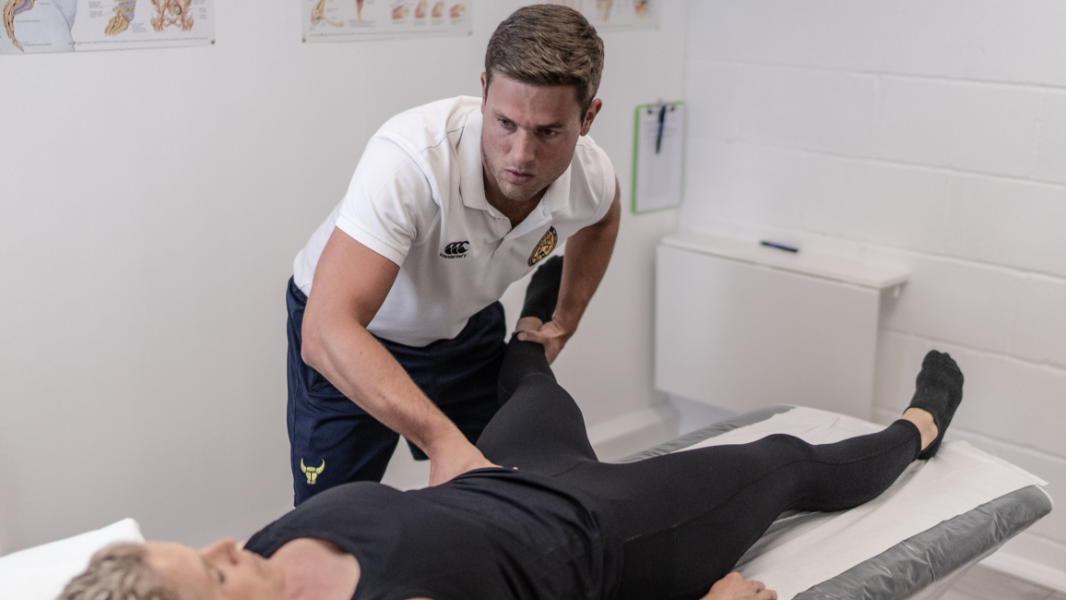Benefits of simulated altitude training for triathletes
Training at altitude is used by athletes from a wide range of sports, and studies have shown it may enhance sporting performance by improving the body’s anaerobic and aerobic capacity. Training at an altitude where the air pressure is lower means that the body generates a physiological response in order to adapt to the environment. […]
Training at altitude is used by athletes from a wide range of sports, and studies have shown it may enhance sporting performance by improving the body’s anaerobic and aerobic capacity. Training at an altitude where the air pressure is lower means that the body generates a physiological response in order to adapt to the environment.
Many proponents of altitude training recommend that athletes “live high, train low” meaning that the best outcomes are when athletes live in high altitudes but come down to lower altitudes to train. However, living at altitude is not an option at sea level and low altitude countries like the UK. Simulated altitude training with equipment designed to mimic high altitude environments can be used instead. This approach, so called “live low, train high”, is becoming an interesting training opportunity for athletes.
This model is well used because it allows athletes to continue with their regular regime in their home environment and has been in use since the early 1940s. In fact, the former Soviet Union used hypobaric chambers to condition their pilots to simulate an altitude at 7,000 m (Sirotinin, 1940).
Replicate altitudes up to around 5000m
At Revolution Sports Injuries Clinic we use the Cloud 9 equipment from Sporting Edge UK, which produces air with less oxygen, ideal for altitude training regimes. This device, which can replicate altitudes up to around 5000m, and tailored training sessions are able to enhance athletic performance.
Usually, when athletes undertake training at high altitudes for a period of time, red blood cells tend to increment. In general, when the body is exposed to a low oxygen environment at altitude, it stimulates the production of the hormone EPO which helps to increase the red blood cell count. With an increased number of red blood cells circulating in the body, more oxygen will be carried from our lungs to the muscles and brain, therefore athletes are more able to sustain more intense effort for a prolonged time.
However, even though there are some parameters that improve with altitude, some studies reported that not all athletes increased their red blood cells count or their VO2max after a stint of altitude session. This signifies that the VO2 max is not the only element of performance and therefore other factors must be in action. Another factor, other than an increased VO2max, is exercise efficiency, where the body is able to run at a certain speed or cycle at a given power output. The more efficient your body is, the less energy is used at relatively high intensities. Studies have shown a 3-10% improvement in exercising efficiency after training at altitude.
Increase exercise intensity
Another aspect of altitude training is the lactate threshold, which rises with the increase of exercise intensity. There is a point at which the body is producing lactate more quickly than it is used, with a result of a surplus of lactate in the muscles which can impair your performance. Altitude training has been shown to increase a protein called Monocarboxylate transporters (MCTs) that are able to prevent the accumulation of high levels of lactate.
Generally, we schedule the training sessions with athletes once or twice a week for 6 weeks prior to an event and we constantly monitor the heart rate and the oxygen saturation as well as the exertion level with the RPE scale throughout each workout.
If you are interested in improving your performance level for your next race or competition and would like to have more information about how you can incorporate altitude sessions into your training routine get in touch with the team.
